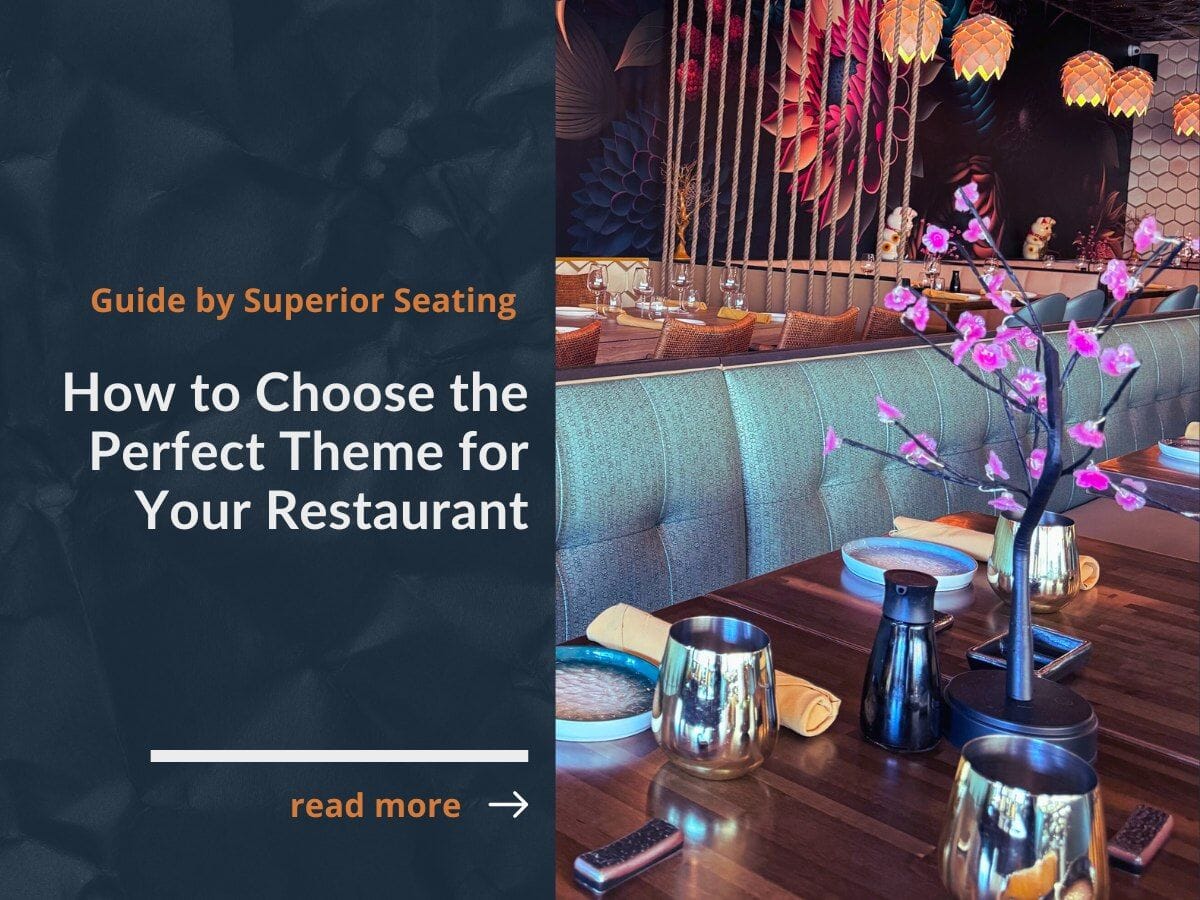
Table of Content
1. Introduction
2. Understanding Your Restaurant Brand
3. Research and Inspiration
4. Restaurant Theme Categories
1. Introduction
Selecting the right theme for your restaurant is crucial as it reflects your brand and sets the tone for your customers' dining experience. The theme should align with your vision and appeal to your target audience.
2. How Do You Understand Your Restaurant Brand?
- Start by defining your brand identity. Consider your restaurant's mission, values, and the message you want to convey. What makes your restaurant unique? What emotions or atmosphere do you want to evoke? Your theme should naturally extend these values, enhancing your brand's story.
- Identify your target audience and position your theme to attract them. Analyze their preferences and dining habits. Consistency is key—your theme should reinforce your brand at every touchpoint, ensuring it resonates with your key customer groups and creates a compelling experience.
3. Do Research and Find Inspiration
Study successful competitors to understand what works well and what doesn't. Analyze their themes, decor choices, and customer feedback. Look at current trends and cultural influences that resonate with your brand to find inspiration. This could include popular design trends, cultural motifs, or emerging industry shifts.
Gather customer preferences and feedback through surveys, focus groups, and direct interactions. Use these insights to gauge what your audience values and expects. This comprehensive research will help you create a theme that is both unique and appealing to your target customers.
4. Restaurant Theme Categories
4.1 Classic Restaurant Themes:
Classic restaurant themes bring a touch of timeless elegance to dining establishments, making spaces feel warm and welcoming. By drawing on historical and traditional design elements, these themes provide a comforting and familiar atmosphere that appeals to a broad audience.
4.1.1 Vintage Restaurant Themes
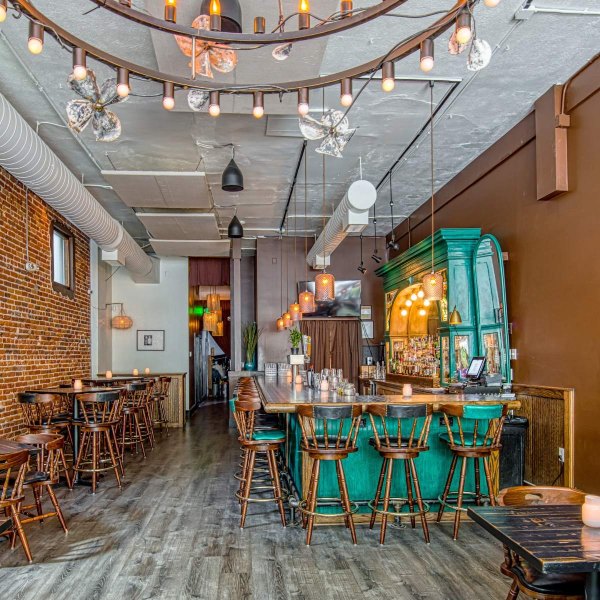
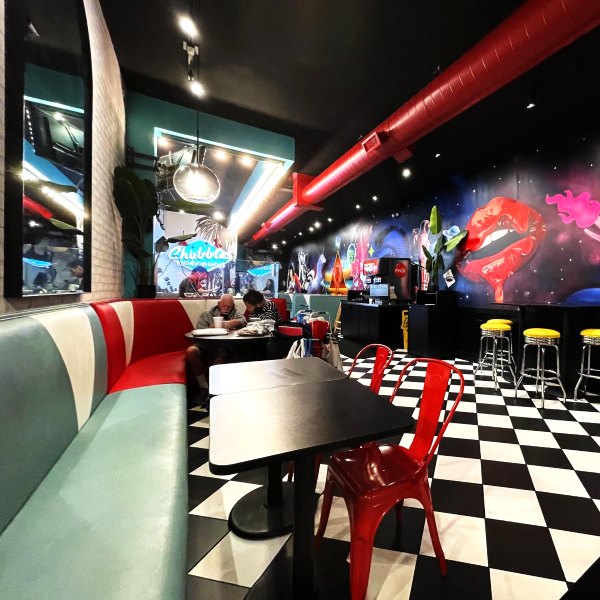
4.1.2 Rustic Restaurant Themes
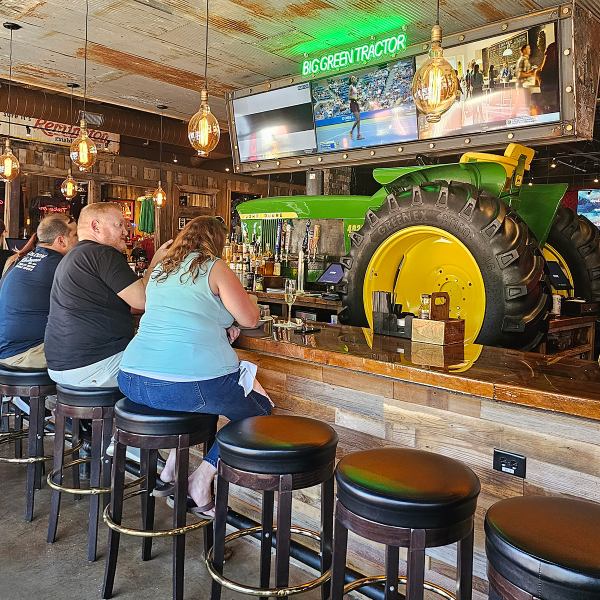

4.1.3 Traditional Restaurant Themes
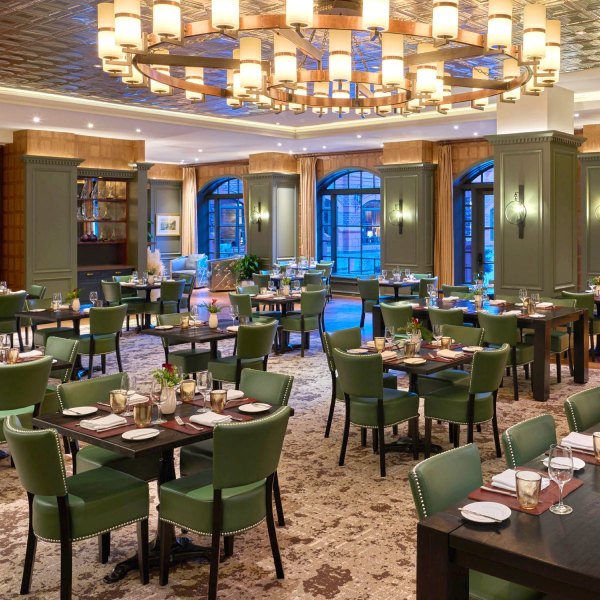
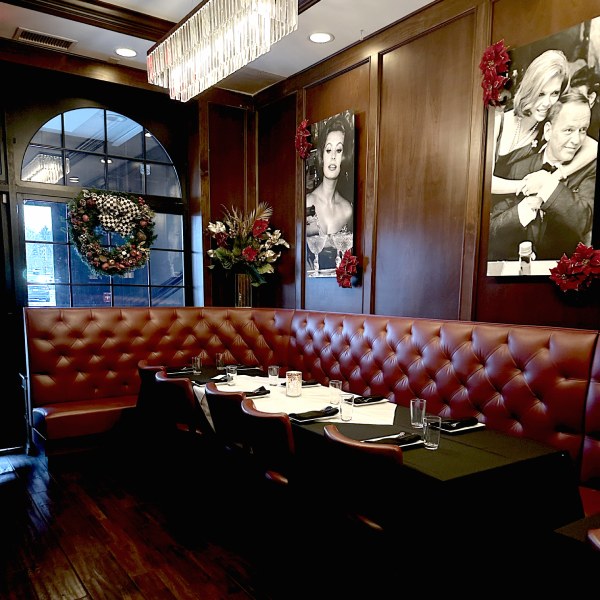
4.2 Modern Restaurant Themes:
Modern restaurant themes bring a fresh, sleek, and stylish touch to dining establishments, creating spaces that are both visually appealing and functional. These themes focus on clean lines, innovative design elements, and contemporary aesthetics, making them perfect for attracting a sophisticated and trendy clientele.
4.2.1 Minimalist Restaurant Themes

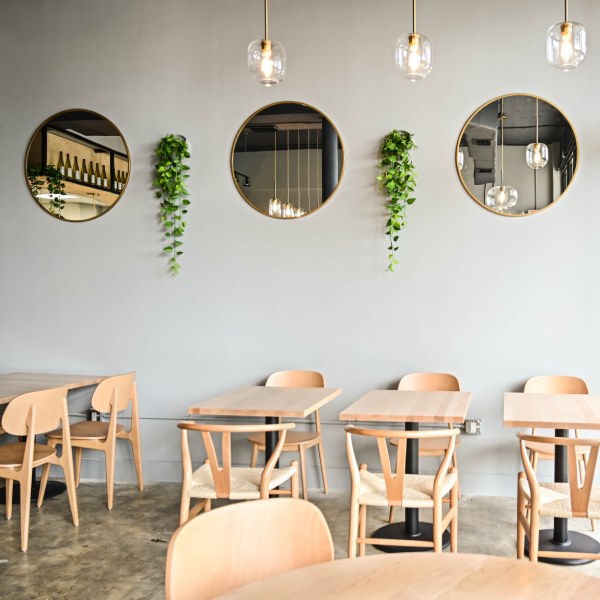
4.2.2 Contemporary Restaurant Themes

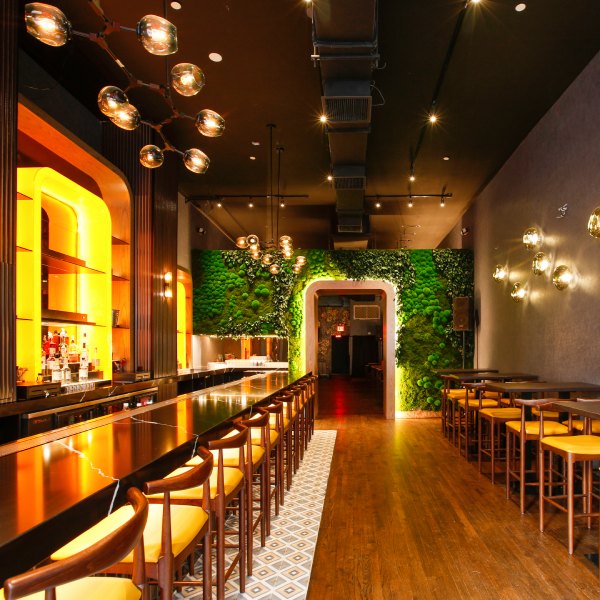
4.2.3 Industrial Restaurant Themes
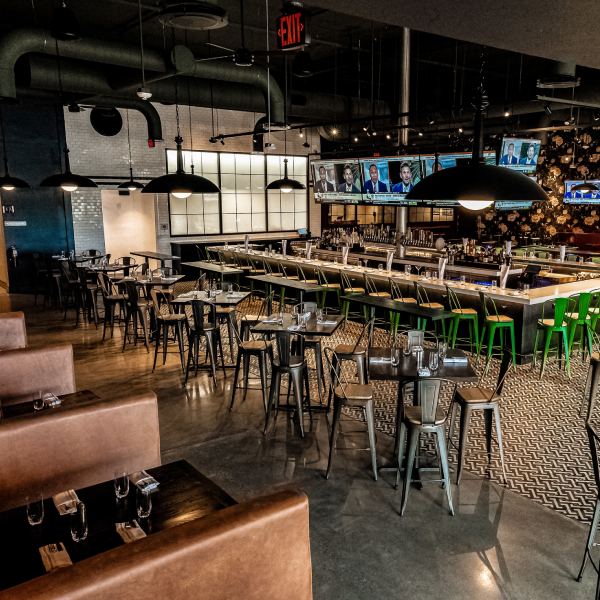
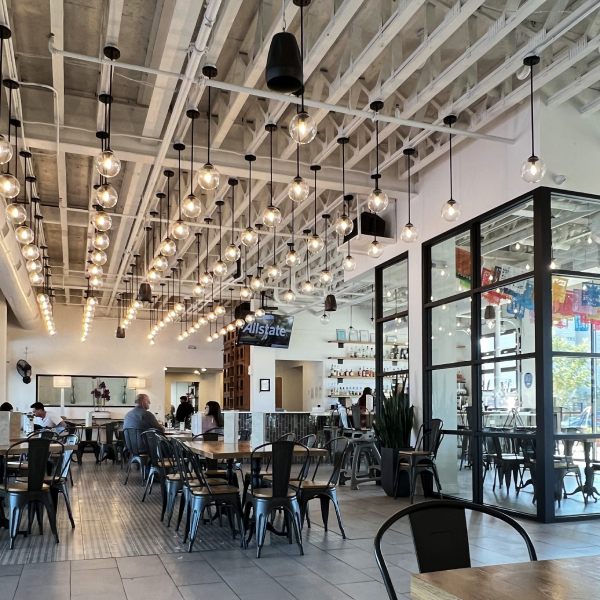
4.3 Unique Restaurant Themes:
Unique restaurant themes offer an exciting and immersive dining experience by drawing inspiration from various cultures around the world. These themes celebrate cultural diversity, incorporating traditional design elements, vibrant colors, and authentic materials to create a truly distinctive atmosphere.
4.3.1 Cultural Restaurant Themes
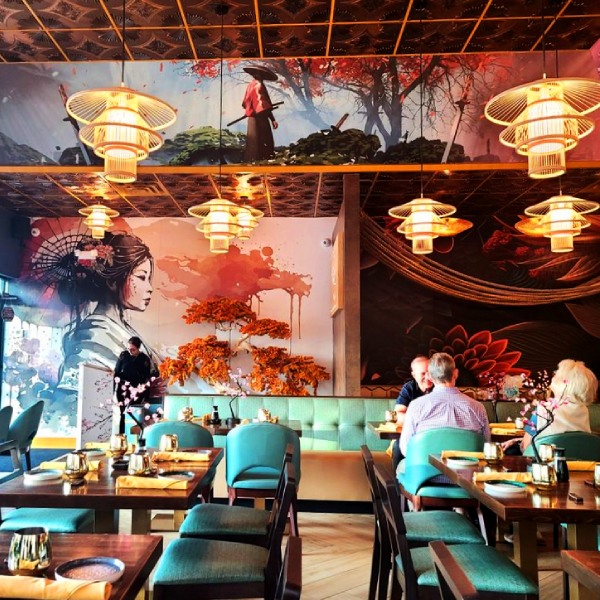

5. What Are the Key Design Elements?
Interior Design and Layout
Focus on creating a cohesive and functional layout that enhances the dining experience. Choose furniture that complements your theme and ensures comfort. Color schemes should align with your brand identity and evoke the desired atmosphere. Lighting plays a crucial role in setting the mood—use a combination of ambient, task, and accent lighting to create a welcoming environment.
Not sure how to start? Our restaurant layout service expert will help you! Learn more
Decor and Ambiance
Select artwork and decor items that reinforce your theme and add personality to your space. Consider the strategic placement of decor to avoid clutter while adding visual interest. Music plays a vital role in setting the tone; choose a playlist that complements your theme and enhances the dining experience. Scents can also impact the ambiance; consider using subtle fragrances that create a welcoming and memorable environment. Combining these elements thoughtfully will help you craft a unique and immersive dining experience for your customers.
6. Menu and Dining Experience
- Aligning Menu with Theme: Ensure your menu complements the theme to create a cohesive experience. For example, a rustic theme might pair well with farm-to-table cuisine, while a modern theme could feature innovative and fusion dishes. The food presentation should reflect the theme, enhancing the overall dining experience.
- Presentation and Tableware: Choose tableware that enhances the theme and adds to the dining experience. For instance, rustic themes might use earthenware or wooden serving dishes, while a minimalist theme would benefit from sleek, simple plates and utensils. Consider the impact of table settings, napkins, and centerpieces.
- Staff Uniforms and Service Style: Uniforms and service styles should reflect the theme to maintain consistency. For a vintage theme, staff might wear retro-inspired attire, while a modern theme could feature sleek, minimalist uniforms. Service style should align with the theme, whether it’s formal, casual, or interactive.
7. Conclusion
Choosing the perfect theme for your restaurant is crucial for your brand identity and customer experience. Start by defining your brand and understanding your audience to ensure your theme resonates with them. Conduct thorough research, analyze competitors, and gather customer feedback to find inspiration. Explore different theme categories—classic, modern, and unique—and select one that aligns with your brand. Focus on key design elements like layout, decor, and ambiance, and ensure your menu and staff reflect the theme. Following these steps will help create a unique and memorable dining experience.
8. Sources
- https://hospitalityinsights.ehl.edu/designing-hotel-restaurant-concepts
- https://www.hospitalitydesign.com/people/interviews/meet-the-minds-studio-unltd/
- https://hospitalitydesign.com/people/interviews/talking-fb-with-alan-barr/
- https://www.sansainteriors.com/blog/the-psychology-of-restaurant-interior-design



